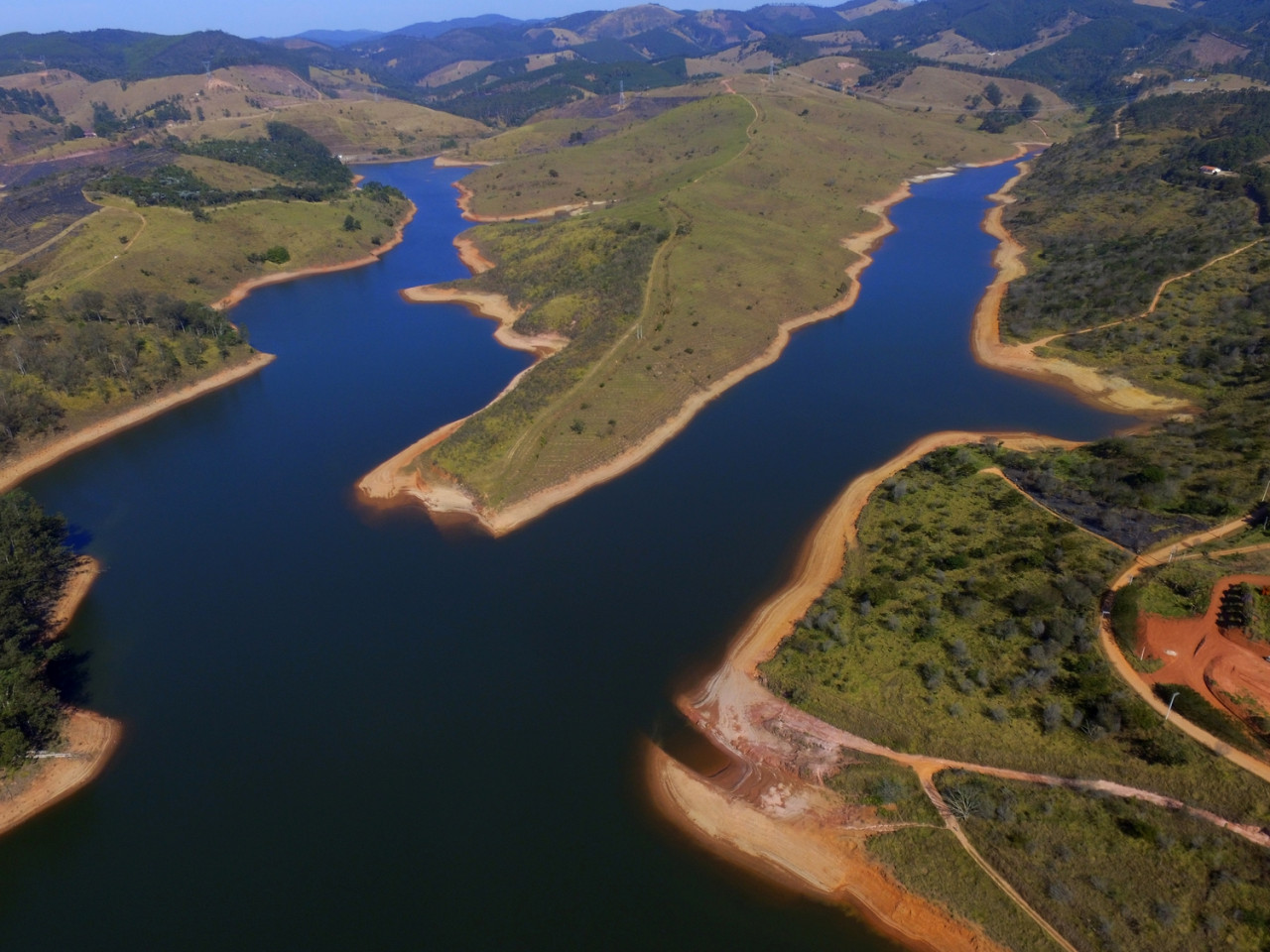The Cantareira Reservoir has registered levels well below normal for many years but is currently operating at more than 50% of its capacity.
Sistema Cantareira is a water supply system in the state of São Paulo, Brazil. It comprises five interconnected reservoirs that provide water to 9 million people in the São Paulo metropolitan area.
In an interview with Jovem Pan News, Antonio Zuffo, professor of hydrology and water resource management at Unicamp, explained the situation:
“The last time the Cantareira system filled up, and it wasn’t all the reservoirs, was in 2011. In the summer from 2009 to 2010 and 2010 to 2011, some reservoirs reached 100%.”
“But on average, the maximum it reached was 96%, almost 97%, on January 21, 2011.”

The scenario has been changing, and by the end of 2022, the reservoir level has started to rise.
The rise is still slow, but the numbers are already much better.
“The rains only returned in December, which was above average, and January was again above average. But the system’s recovery in this rainy period did not reach 21%.”
“It is still a timid recovery, despite the feeling that it is raining a lot; for the reservoirs, it was still little recovery”, detailed Zuffo.
At this moment, the Cantareira system is operating at 51% of its capacity, which is the highest level registered for the month of January in the last six years.
To have an idea, in January 2022, the Cantareira system operated at an average of 30% of its level.
Even with the largest volume of water, the Unicamp specialist explained how much the reservoir needs to operate to be within its normal range:
“Above 60%, we are in a situation of comfort and greater security. Therefore, above 60% would be ideal for the reservoir”.
The tendency is for more rain over the next few days, which should raise the level of the Cantareira system and the other reservoirs in Brazil even more.
This should keep the situation adequate to guarantee the safety of the driest months of the year, which occur between the autumn and winter seasons.
Besides the water supply, which is more guaranteed, the electric power bill should also feel the positive reflection of the increased rainfall.
“During the rainy season, we use the energy produced by run-of-the-river hydroelectric plants because this water will only occur during the rainy season. Once the rainy season is over, when we enter the fall, the rains diminish, and the flow also diminishes.”
“No more electricity is generated, the amount is very small, and there is a big reduction,” declared Zuffo.
The National Electric Energy Agency (Aneel) confirmed that the tariffs would remain green, i.e., without additional charges on the energy bill.
Even so, the Unicamp professor warns that saving water is fundamental:
“Regardless of whether the reservoir is full or empty, we must have sustainable habits. Why would I waste water?”
“Our Brazil is rich in water resources, which makes us always have habits of wasting water, but this is not the correct use (…) Only those who don’t have it know the value of water. Regardless of whether the reservoir is full or not, let’s use this resource consciously”.
With information from reporter Paula Nobre/Jovem Pan

